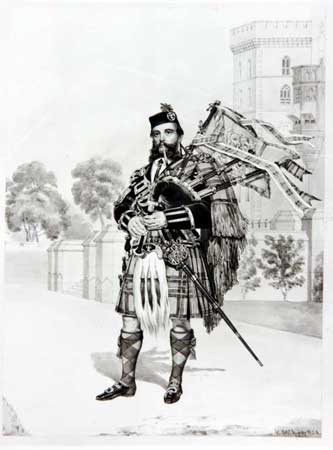Clothes
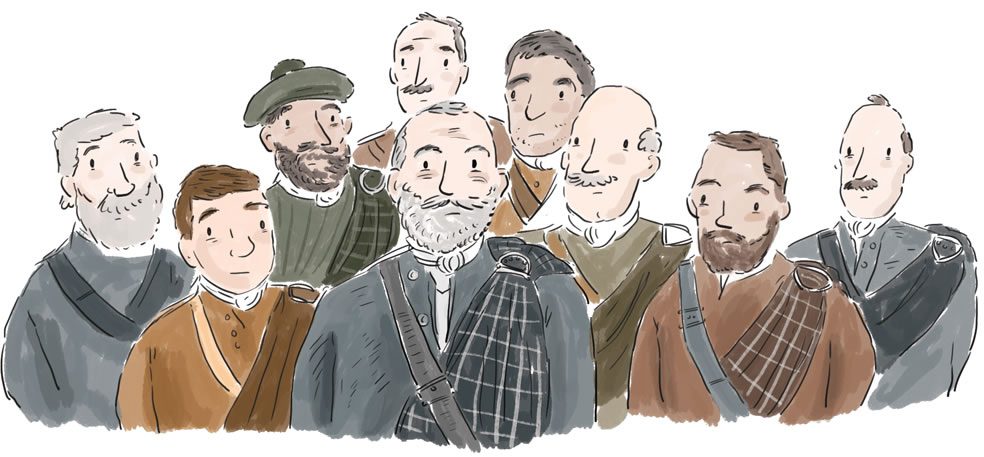
Tartan
The plaid came from the tartan cloth which went round the shoulders and which people had worn for centuries.
It was usually tied round the waist.
In this picture you see the different ways in which it was worn.
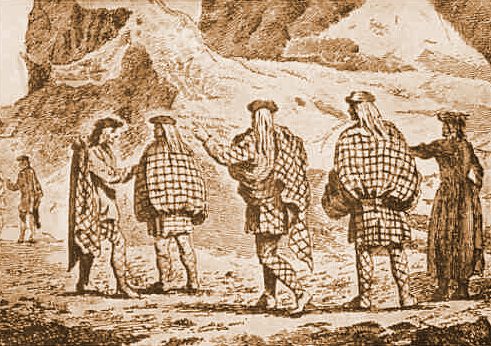
Bonnet
The bonnet came to the Lowlands from France and from Flanders in the 16th century and it was after this it was adopted in the Highlands.
Bonnets which were very similar to them were worn across north-west Europe in the 16th century.
This image showing Highlanders wearing tartan and a bonnet is part of the collection of letters of Edward Burt who was involved with the roads which were being built through the Highlands.
He worked with Field Marshall George Wade who built roads and bridges from Dunkeld to Inverness.
Mutch
This white cap called a mutch showed that women were married.

Shawl
Women wore a long shawl to protect their back and hips from the peat dross. There are three different types of shawls.

a head shawl

a shoulder shawl
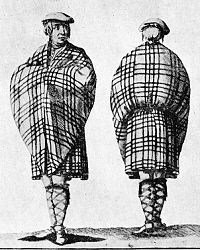
a large plaid
Drugget
Drugget was a cloth made from rough wool and linen. It was used during the 19th and in the 20th century.
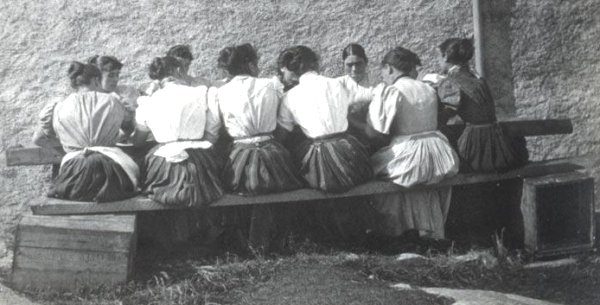
Highland Dress
The Disarmament Act banned the wearing of Highland dress or any tartan.
Only the Highland regiments were allowed to wear this.
There was a dark Government tartan which had different lines in it for each regiment.
That Act was repealed in 1783.
Tartan had become more common in Lowland clothing styles.
In the Highlands, people wore dark wool clothing which was brown or which was dyed blue using Indian woad or indigo.
Tartan became more fashionable as Highland soldiers, dressed in tartan, became famous all over the world as part of the British army.
This image grew stronger during the reign of Queen Victoria.
Downloads
